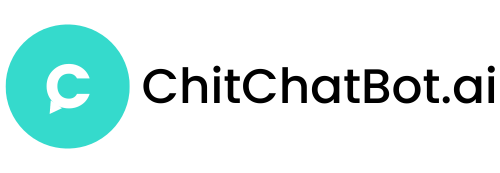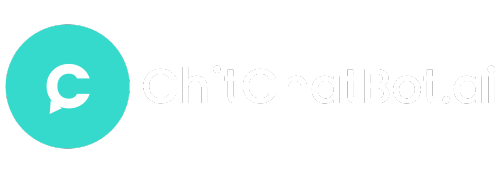Triggers and actions are the backbone of any chatbot built on app.chitchatbot.ai. They allow you to create dynamic, responsive, and personalised conversations with your users. In this guide, we’ll walk you through how to set up triggers and actions, share practical examples, and provide expert tips to help you get the most out of your chatbot.
Rule Examples and Automation Logic
Tag-Based Action
- Trigger: Tag applied to a user
- Action: Add user to a Facebook Custom Audience
Click-Based Action
- Trigger: User clicks on a link in your email
- Action: Subscribe them to a Messenger sequence
Order Notification
- Trigger: New order placed
- Action: Notify admins via email or SMS
Custom Field Change
- Trigger: Value of a custom field changes
- Action: Notify admin
Data Entry Workflow
- Trigger: User enters email or phone number
- Action: Move user to a specific stage in the sales pipeline
—
How to create your own custom rule
Menu > Tools > Triggers and Actions .
Click “Add Rule” and give it a suitable name e.g. “Hot Lead Alert”
You can also edit & delete existing rules by selecting the menu located next to every rule on the table.
Setting up your rule
After clicking the “Add Rule” button in the Triggers and Actions section, you’ll be taken to a setup page like the one shown below.
On this page, you’ll see two main columns: Triggers and Actions.
Triggers
Triggers are the events that start an automation rule. Click the blue “+ Trigger” button to choose from a wide variety of trigger options available on the ChitChatBot platform. We currently support over 20 triggers, and new ones are frequently added. Some of the most commonly used include:
- Tag applied / removed
- Subscribed / unsubscribed from a Sequence
- Subscribed to Drip Campaign
- Custom field value changed
- Cart abandoned
- New order / Order concluded / Order canceled
- Product added to cart / removed from cart
- Category added to cart
- Email delivered / opened / clicked / unsubscribed / dropped
- Live chat enabled / disabled
- User referred a new or existing user
- New subscriber / User unsubscribed from bot
- New opportunity or ticket created (Pipelines)
- Opportunity or ticket updated (Pipelines)
- Conversation assigned or unassigned
- Date/time-based triggers
Actions
Actions define what your bot should do when a trigger occurs. Click the orange “+ Action” button to select an action that fits your automation needs. Some examples include:
- Sending a follow-up email 2 days later if the user didn’t click the first one
- Suggesting Product B when Product A is added to the cart (cross-sell)
- Sending a reminder 2 days before a scheduled meeting
- Syncing contact data to Google Sheets
- Assigning conversations to specific team members
- Notifying admins when specific actions are taken
These are just a few ways to automate tasks and improve engagement using ChitChatBot’s rule system—the possibilities are endless.
Rule Frequency
You can control how often a rule is triggered for a user. This setting is found above the Actions column. Choose from:
- Once per User – The rule will trigger only once for each user
- Any Number of Times – The rule can trigger repeatedly for the same user
Common Mistakes to Avoid
1. Overloading Triggers: Adding too many triggers can make your chatbot confusing and difficult to manage. Focus on the most important interactions.
2. Ignoring User Context: Ensure your chatbot’s responses are relevant to the user’s current situation. For example, avoid sending a discount code to a user who has just made a purchase.
3. Neglecting Analytics: Regularly review your chatbot’s performance to identify areas for improvement. Use app.chitchatbot.ai’s analytics tools to track trigger usage and user engagement.





